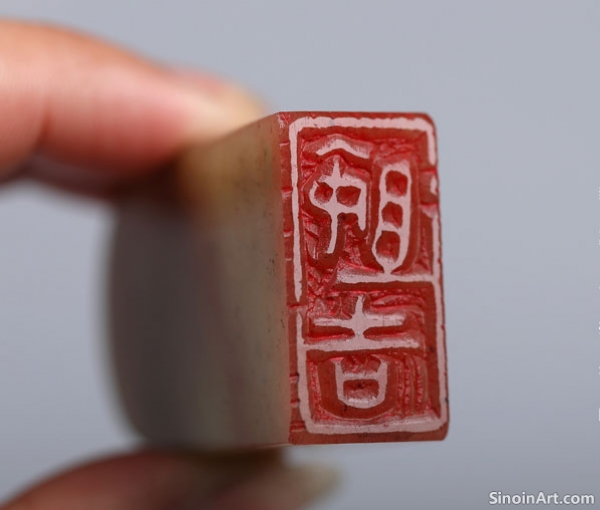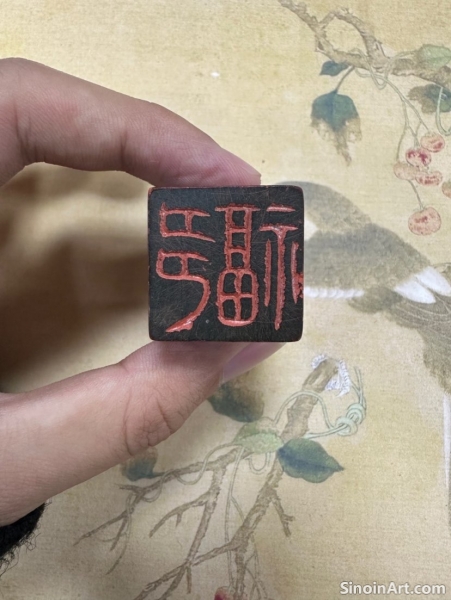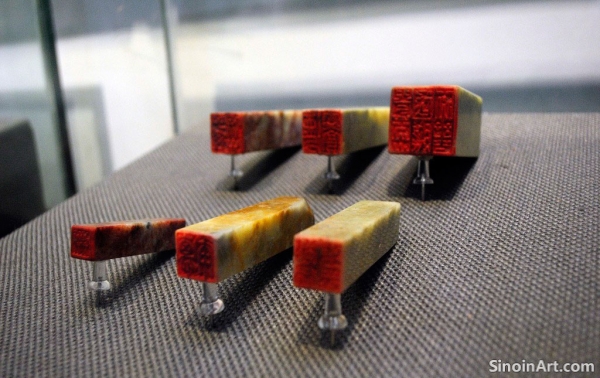Famous Leisure Seal Carvers and Their Unique Styles
|
The tradition of leisure seal carving is rich with the contributions of master artists who have pushed the boundaries of the art form. Their unique styles and innovative techniques continue to influence and inspire contemporary artists, and are valuable resources for the study of seal carving. Their influence on the art form cannot be understated.  Among the most celebrated leisure seal carvers is Wen Peng (文彭), a Ming Dynasty artist known for his elegant and refined style. His seals often featured calligraphic inscriptions that reflected his deep understanding of classical literature and his mastery of seal script. Wen Peng was a master of both calligraphy and carving, whose innovative techniques continue to inspire carvers today.  Ding Jing (丁敬), a Qing Dynasty artist, is known for his bold and expressive leisure seals. His seals often feature unique design elements and unconventional layouts, adding a sense of dynamism and vitality to the art form. Ding Jing pushed the boundaries of the art, and helped to establish new aesthetic styles.  Zhao Zhiqian (赵之谦), another prominent Qing Dynasty seal carver, explored a variety of styles and techniques, pushing the boundaries of the art form. Zhao's versatile style, and his ability to combine traditional and modern aesthetics made his work highly influential. These artists, among others, have shaped the tradition of leisure seal carving, demonstrating the diversity and artistic potential of this art form. Their unique styles and innovative techniques continue to be studied and admired. Their influence is a central part of the long tradition of seal carving. The study of these master carvers is essential for understanding the nuances of leisure seal carving. Their works provide a wealth of inspiration and demonstrate the artistry and skill involved in the creation of these small but powerful works of art. |
Tag : Famous Leisure Seal Carvers, Xian Zhang Masters, Chinese Artists, Seal Carving Styles, Seal Art
Related information
- The Significance of Red: The Vermilion Ink in Seal Impressions
- Inscriptions on Collector's Seals: Unveiling Taste and Connoisseurship
- Famous Seal Carvers in Chinese History: The Masters of Zhuanke
- Seal Carving as a Personal Art Form: Expressing Individuality
- Contemporary Name Seal Carving: Preserving Tradition and Embracing Innovation
This article explores the significance of the color red, specifically vermilion ink, in Chinese seal carving, highlighting its symbolism of prosperity, authority, and personal identity.
This article delves into the various types of inscriptions found on collector's seals, exploring how they reveal the collector's knowledge, taste, and personal connection to the art they own.
Discover the lives and works of famous Chinese seal carvers throughout history. Learn about the contributions of masters like Zhao Mengfu, Wen Peng, and Qi Baishi to the art of zhuanke.
This article explores how Chinese seal carving serves as a personal art form, emphasizing how artists express individuality through character selection, arrangement, carving style, and material choices.
This article explores the current state of name seal carving, discussing how contemporary artists are both preserving traditional techniques and embracing new approaches to this ancient art form.